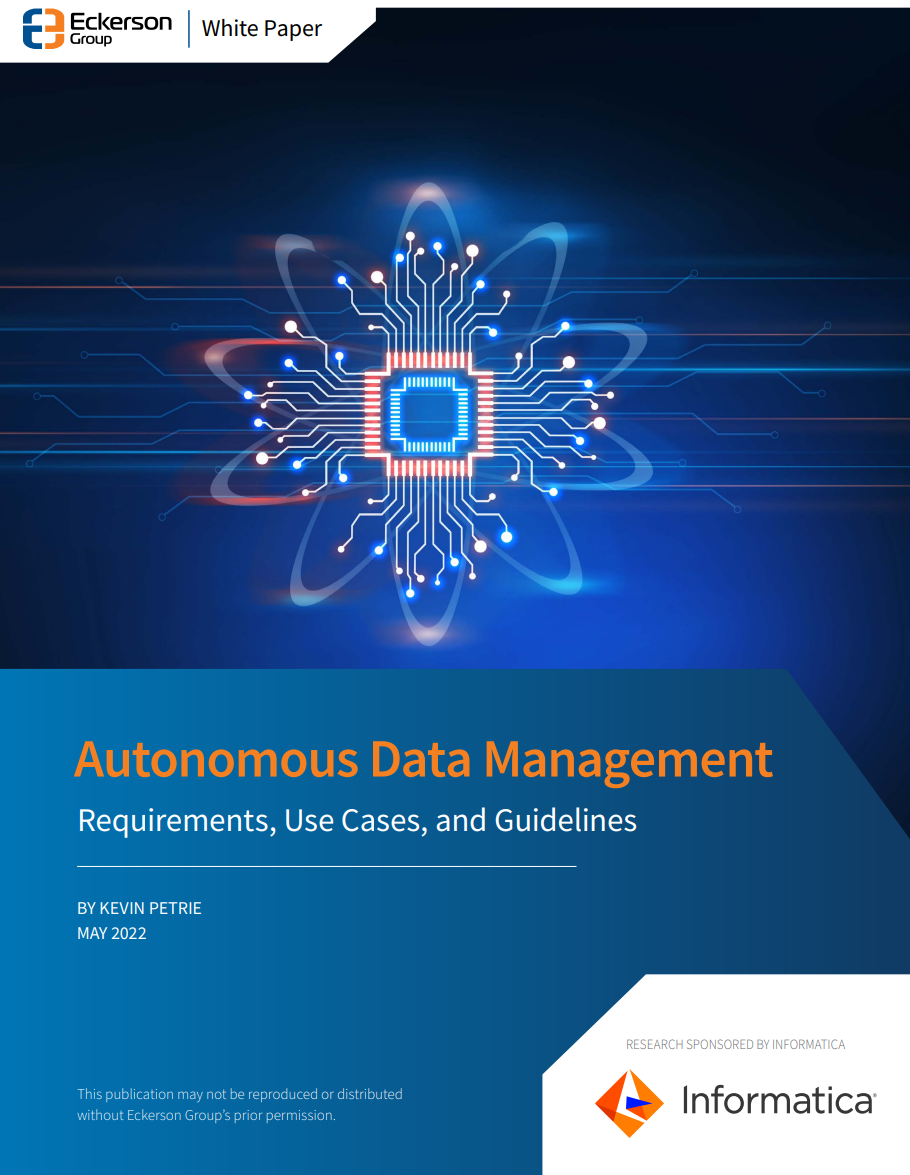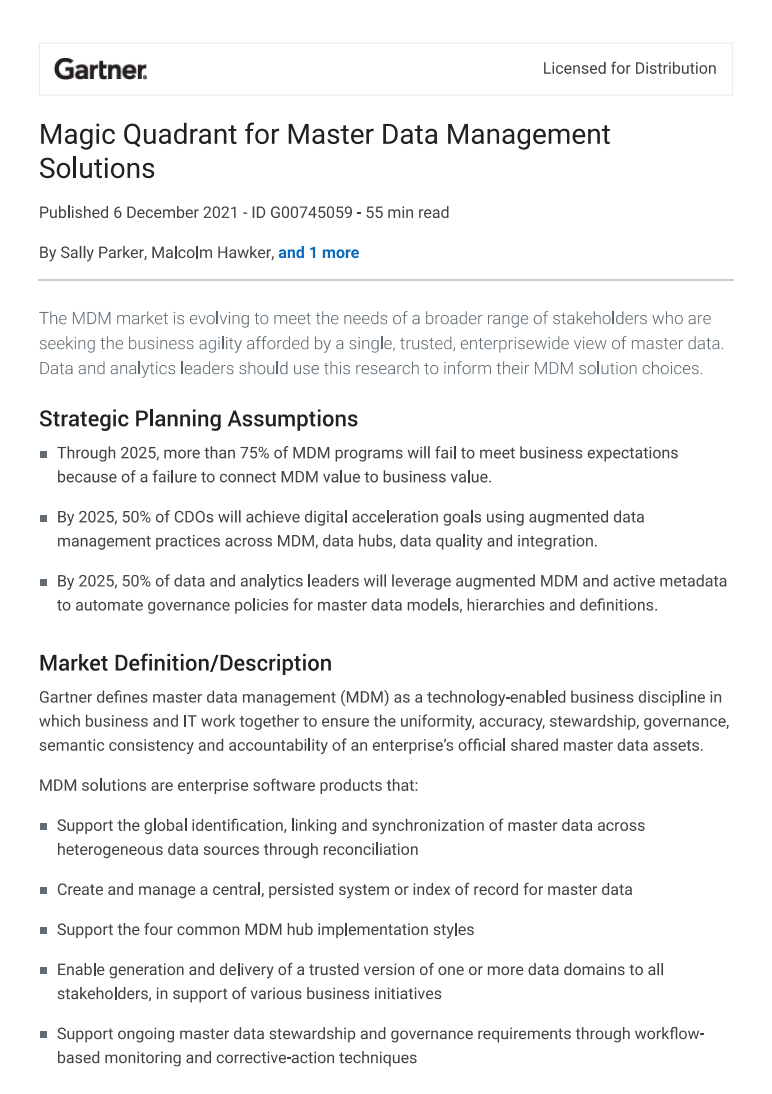Can 'smart water' fix Britain's broken water supply?
Experts hope technologies like IoT, machine learning and digital twins will deliver an integrated and reliable water management system


Even though the UK has a temperate climate, managing water remains a significant challenge. This year became among the hottest and driest on record, yet the UK has also suffered major flooding. These seemingly diametric aspects of water management must be reconciled to guarantee water security in the future.
Published in 2020, the National Water Strategy sets out the challenges the UK faces in meeting its water needs, and how infrastructure will need to evolve. Specifically, new technologies will be required to conserve fresh water and solve these problems, particularly as the effects of climate change deepen.
Proposals to create a national water grid have been previously considered, based on the electrical power grid. Under this system, abundant water supplies could be transported between regions of the UK, based on need. This network’s energy requirements, however, and knock-on environmental effects could pose challenges.
The University of Manchester did consider alternative ways to transfer water between regions in specific scenarios, but the cost and environmental impacts make this technology largely unfeasible. Even desalination – the process of removing mineral salts in water – are part of the strategy but, again, the ecological overheads with emissions push this technology beyond practical use.
There can be potential, however, in new technologies, such as the Lockheed Martin’s perforene graphene filter, which could make desalination cost-effective. Systems, too, producing fresh water from wastewater will need to expand. Perhaps water companies can even look to NASA, which has been developing wastewater reclamation systems for decades.
Using IoT to make water smarter
Understanding water usage is a crucial component of any water strategy. Here, the Internet of Things (IoT) could hold the key to rapid improvements in leak identification, and in tracking the movement and consumption of water. In addition, smart wireless networks, which are coming into practical use as 5G rolls out, provide a communications environment upon which water tech can be based. Indeed, Ericsson predicts that five billion IoT devices will be in existence by 2027.
The water industry has many centralised facilities which can be easily adapted with sensor technologies such as supervisory control and data acquisition systems (SCADA) to improve their efficiency. However, the distributed nature of the water network provides a more significant challenge.
Get the ITPro daily newsletter
Sign up today and you will receive a free copy of our Future Focus 2025 report - the leading guidance on AI, cybersecurity and other IT challenges as per 700+ senior executives
As the wireless environment expands with IoT maturing, though, the wider water network could be integrated into existing management systems to deliver end-to-end insights, in much the same way the smart metres are transforming how energy is consumed. If water is awarded the same status, many similar technologies can be applied to its consumption and management.
The impact of leaks on the water system's overall performance can't be understated, and it’s one of the issues that plagues Britain’s creaking water ecosystem. There are examples of technology being used at home and abroad that can come to the rescue. Systems like Fuji Tecom’s Quatro Core LC-5000, for example, can locate leaks using noise detection. Water consumption is tracked in Saudi Arabia by IoTSens without the data loggers breaking into the water mains to install monitors, while CityTaps is one of the first companies to offer a prepaid water metre.
“Acoustic logging of water pipes is one area where I see a lot of potential to revolutionise our approach to leakage,” Jack Lawton, data science principal at Aiimi, tells IT Pro. "By listening to the sound of leaks along pipes at various points, it’s possible to triangulate the exact location of a leak – in some cases within one metre accuracy. We have seen this effectively deployed with our customer, Anglian Water, and there is a growing interest elsewhere in the sector.”
RELATED RESOURCE

For many water companies, digitising their network process management is essential. Here, creating a digital twin is gaining traction across the industry, as water companies see the advantages digital twins bring to other businesses. Mirroring their networks and support systems in a digital space could open the power that IoT sensor technologies and machine learning could bring to all water companies.
A handful of technologies will be needed, in fact, to make the UK’s water system as efficient as it needs to be, says Joseph Tabita, energy and commodities lead, SVP at digital transformation consultancy Publicis Sapient. “An improved digital ecosystem is essential using the full gamut of available technology – from IoT to robots to machine learning – will help us manage a dated and complex water system.”
Asset management and conservation
Water is a precious asset that’s often taken for granted. However, a multifaceted approach is needed to ensure water supplies are maintained, but also that water is used efficiently.
“Actions to manage water demand, such as reducing usage and leakage, have a vital role to play in meeting future needs,” concludes the current National Water Strategy. “These actions can be delivered quickly, are scalable and are often less costly than increasing water supply through infrastructure or moving water from areas of surplus to areas of need.”
A more integrated approach to water management that uses technology at its foundation is already in operation. Led by Northumbrian Water, the Stream project aims to use open data sharing between all the major water companies to help them manage water on a national scale. The project has oversight from the Open Data Institute (ODI), which will deliver user personas, technical design architecture and mapping of the broader water data ecosystem in the UK.
“We know the importance of a clean and efficient water supply and strongly believe in encouraging innovation to both solve problems and improve services to the public,” says managing director at the ODI, Louise Burke.
RELATED RESOURCE

For Dom Couldwell, head of field engineering EMEA at DataStax, collecting and analysing data is only the beginning. “Managing the UKs water management systems requires processing massive amounts of data covering water quality, distribution, capture and demand,” Couldwell says. “This data is captured from a wide variety of sources, in different formats and frequencies and then needs to be analysed in real time to react to changes. It must support multiple data models from time series to unstructured events. We must organise that data and make it useful to cross functional teams with differing skill sets, use cases and allow them to take action on that data in a timely way.”
There are myriad technologies that could be used to resolve many of the water management issues companies currently find challenging. Connecting several technologies – especially advanced sensors – to create a digital ecosystem that can be used to manage water from extraction to recycling is how every water company should approach their digital transformation to ensure resilient water security.
David Howell is a freelance writer, journalist, broadcaster and content creator helping enterprises communicate.
Focussing on business and technology, he has a particular interest in how enterprises are using technology to connect with their customers using AI, VR and mobile innovation.
His work over the past 30 years has appeared in the national press and a diverse range of business and technology publications. You can follow David on LinkedIn.
-
 Should AI PCs be part of your next hardware refresh?
Should AI PCs be part of your next hardware refresh?AI PCs are fast becoming a business staple and a surefire way to future-proof your business
By Bobby Hellard Published
-
 Westcon-Comstor and Vectra AI launch brace of new channel initiatives
Westcon-Comstor and Vectra AI launch brace of new channel initiativesNews Westcon-Comstor and Vectra AI have announced the launch of two new channel growth initiatives focused on the managed security service provider (MSSP) space and AWS Marketplace.
By Daniel Todd Published